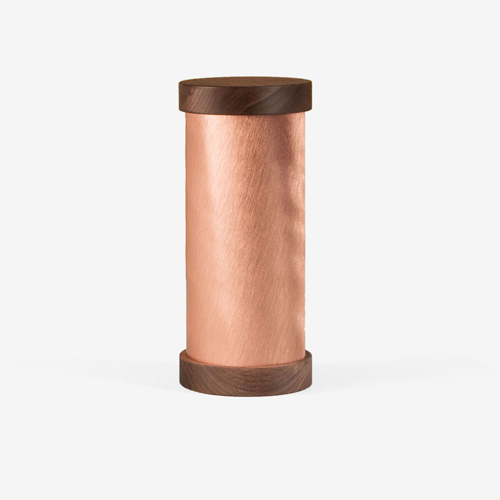Most American adults spend the majority of our time indoors & the indoor air quality may not be as safe as you think.
The EPA sponsored a study from 1992 to 1994 that showed on average, Americans spend 93% of their time indoors, 87% in buildings and 6% in cars [1], [2]. Which may not seem like a big deal at first, especially if you exercise indoors or if you live in a big city, densely populated area, near factories and conventional farms, or near an active, VOG-producing volcano where outdoor air pollution can be bad so staying indoors might just be better for your asthma. And if that’s the case, then you would also assume that your indoor air you would thus be cleaner. Surprisingly, that’s not always true.
According to the WHO, there are approximately 7 million deaths each year caused by air pollution and >60% of those deaths are due to indoor air pollution [3]. In countries like America, indoor air pollution comes from AC systems, tobacco smoke, mold & formaldehyde exposure, especially in enclosed buildings with poor ventilation. New homes, new construction, new furniture, upholstery, drapes, flooring, toxic cleaners & detergents, & some new clothing, will off gas formaldehyde and other toxicants into the air. That new car or new furniture smell most people love, totally toxic. The smell of a “clean home” after using standard cleaning products, toxic. Living in an old building or home where there might be mold hiding in the walls or basement, also toxic.
So what do we do besides not panic? Because depending on where you live, the air outside of your home may not be much cleaner than the inside of your home & of course most jobs are inside. Apart from wearing a respirator at home and sounding like die hard Darth Vader fans, there are a few things that can help.
- If you can afford it, invest in a really good HEPA air filter. And I write invest because it is quite a chunk of change you’ll have to throw down if you are committed to getting clean air. And depending on the size of your home, you may need or want more than 1 filter.
- Buy some indoor house plants. Plants are amazing because they will clean the air in your home! And if you don’t have a green thumb, no worries, some pretty hearty, relatively easy plants to grow include: Peace Lily, English Ivy, Cacti, Succulents & Snake Plants.
- Throw away most if not all of your household cleaners! I love a clean home and I hate the smell of pretty much all household cleaners. I’ve recently discovered Norwex cleaning products & I have to say, so far they work wonderfully. If you don’t have access to Norwex, you can download this free App: Think Dirty, which can help you identify toxic ratings of various products you use regularly. Alternatively you can also visit the EWG.org for their tips on Healthy Cleaning [4].
While the effects of air pollution are insidious and harmful, creating a safer space for you and your family and can be as easy as 1, 2, 3!



